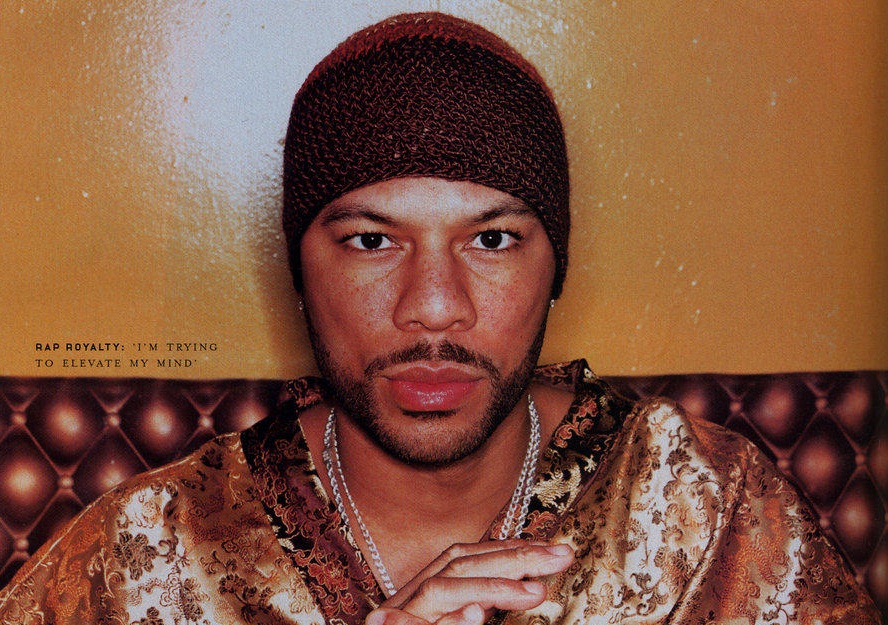
10 Important Things “DJANGO” Didn’t Teach You About Slavery
Top-10 list of things everyone should know about the economic roots of slavery.
1) Slavery laid the foundation for the modern international economic system.
The massive infrastructure required to move 8 to 10 million Africans halfway around the world built entire cities in England and France, such as Liverpool, Manchester and Bordeaux. It was key to London’s emergence as a global capital of commerce, and spurred New York’s rise as a center of finance. The industry to construct, fund, staff, and administer the thousands of ships which made close to 50,000 individual voyages was alone a herculean task. The international financial and distribution networks required to coordinate, maintain and profit from slavery set the framework for the modern global economy.2) Africans’ economic skills were a leading reason for their enslavement.
Africans possessed unique expertise which Europeans required to make their colonial ventures successful. Africans knew how to grow and cultivate crops in tropical and semi-tropical climates. African rice growers, for instance, were captured in order to bring their agricultural knowledge to America’s sea islands and those of the Caribbean. Many West African civilizations possessed goldsmiths and expert metal workers on a grand scale. These slaves were snatched to work in Spanish and Portuguese gold and silver mines throughout Central and South America. Contrary to the myth of unskilled labor, large numbers of Africans were anything but.3) African know-how transformed slave economies into some of the wealthiest on the planet.
The fruits of the slave trade funded the growth of global empires. The greatest source of wealth for imperial France was the “white gold” of sugar produced by Africans in Haiti. More riches flowed to Britain from the slave economy of Jamaica than all of the original American 13 colonies combined. Those resources underwrote the Industrial Revolution and vast improvements in Western Europe’s economic infrastructure.4) Until it was destroyed by the Civil War, slavery made the American South the richest and most powerful region in America.
Slavery was a national enterprise, but the economic and political center of gravity during the U.S.’s first incarnation as a slave republic was the South. This was true even during the colonial era. Virginia was its richest colony and George Washington was one of its wealthiest people because of his slaves. The majority of the new country’s presidents and Supreme Court justices were Southerners.However, the invention of the cotton gin took the South’s national economic dominance and transformed it into a global phenomenon. British demand for American cotton, as I have written before, made the southern stretch of the Mississippi River the Silicon Valley of its era. The single largest concentration of America’s millionaires was gathered in plantations along the Mississippi’s banks. The first and only president of the Confederacy-Jefferson Davis-was a Mississippi, millionaire slave holder.
5) Defense of slavery, more than taxes, was pivotal to America’s declaration of independence.
The South had long resisted Northern calls to leave the British Empire. That’s because the South sold most of its slave-produced products to Britain and relied on the British Navy to protect the slave trade. But a court case in England changed all of that. In 1775, a British court ruled that slaves could not be held in the United Kingdom against their will. Fearing that the ruling would apply to the American colonies, the Southern planters swung behind the Northern push for greater autonomy. In 1776, one year later, America left its former colonial master. The issue of slavery was so powerful that it changed the course of history.6) The brutalization and psychological torture of slaves was designed to ensure that plantations stayed in the black financially.
Slave revolts and acts of sabotage were relatively common on Southern plantations. As economic enterprises, the disruption in production was bad for business. Over time a system of oppression emerged to keep things humming along. This centered on singling out slaves for public torture who had either participated in acts of defiance or who tended towards noncompliance. In fact, the most recalcitrant slaves were sent to institutions, such as the “Sugar House” in Charleston, S.C., where cruelty was used to elicit cooperation. Slavery’s most inhumane aspects were just another tool to guarantee the bottom line.7) The economic success of former slaves during Reconstruction led to the rise of the Ku Klux Klan.
In less than 10 years after the end of slavery, blacks created thriving communities and had gained political power-including governorships and Senate seats-across the South. Former slaves, such Atlanta’s Alonzo Herndon, had even become millionaires in the post-war period. But the move towards black economic empowerment had upset the old economic order. Former planters organized themselves into White Citizens Councils and created an armed wing-the Ku Klux Klan-to undermine black economic institutions and to force blacks into sharecropping on unfair terms. Isabel Wilkerson’s Pulitzer Prize-winning book, “The Warmth of Other Suns”, details the targeting of black individuals, as well as entire black communities, for acts of terror whose purpose was to enforce economic apartheid.8. The desire to maintain economic oppression is why the South was one of the most anti-tax regions of the nation.
Before the Civil War, the South routinely blocked national infrastructure protects. These plans, focused on Northern and Western states, would have moved non-slave goods to market quickly and cheaply. The South worried that such investments would increase the power of the free-labor economy and hurt their own, which was based on slavery. Moreover, the South was vehemently opposed to taxes even to improve the lives of non-slaveholding white citizens. The first public school in the North, Boston Latin, opened its doors in the mid-1600s. The first public school in the South opened 200 years later. Maintenance of slavery was the South’s top priority to the detriment of everything else.9) Many firms on Wall Street made fortunes from funding the slave trade.
Investment in slavery was one of the most profitable economic activities throughout most of New York’s 350 year history. Much of the financing for the slave economy flowed through New York banks. Marquee names such as JP Morgan Chase and New York Life all profited greatly from slavery. Lehman Brothers, one of Wall Street’s largest firms until 2008, got its start in the slave economy of Alabama. Slavery was so important to the city that New York was one the most pro-slavery urban municipalities in the North.10) The wealth gap between whites and blacks, the result of slavery, has yet to be closed.
The total value of slaves, or “property” as they were then known, could exceed $12 million in today’s dollars on the largest plantations. With land, machinery, crops and buildings added in, the wealth of southern agricultural enterprises was truly astronomical. Yet when slavery ended, the people that generated the wealth received nothing.The country has struggled with the implications of this inequity ever since. With policy changes in Washington since 1865, sometimes this economic gulf has narrowed and sometimes it’s widened, but the economic difference has never been erased. Today, the wealth gap between whites and blacks is the largest recorded since records began to be kept three decades ago.
Follow me on twitter @lisafordblog
Additional reading material recommendations:
1. Michelle Alexander’s “The New Jim Crow. ” It’s a great primer on the topic of mass incarceration of communities of color.
2. “The Autobiography of Frederick Douglass.” This is a must read for every human in America.
3. “Racial Equality In America” (the published lecture series presented in 1976) by the legendary John Hope Franklin
4. Another excellent source is Eric Williams’ “Capitalism and Slavery” and his “From Columbus to Castro: the History of the Caribbean.” Readers can read about the slave trade in Africa, the U.S., the Caribbean and Europe, and this is one author who viewed the trade from an international perspective.
5. Herbert Klein, “The Atlantic Slave Trade”
6. Richard Dunn, “Sugar and Slaves.”
7. W.E.B. DuBois”Black Reconstruction in America” does an excellent job in analyzing the economics driving the civil war, the increasing atrocities of the slave economy of the South, and the reasons reconstruction failed. Also a lot about public education and how slave owners also kept public resources from poor southern whites.8. Ned Sublette “The World That Made New Orleans” gets into a number of things, but does talk about the intentional enslavement and transportation of skilled African laborers along with crops and materials they needed to ply their trades (while the French citizens forced to becoming colonizers were mostly criminals, prostitutes, gamblers).9. “The Warmth Of Other Suns” by Isabelle Wilkerson gets at much of the post-reconstruction era violence and economic subjugation.
10. “Black Jacobins” by CLR James sets more of the context of the global economic system’s interconnection with slavery and how the different countries economic concerns kept them from supporting liberty (even after Britain outlawed the slave trade and the French Revolution threw off the French aristocracy).
Tools of the Trade is a documentary that explores the ways in which all of the US ran on slavery, even the North. It follows a Rhode Island family tracing back its roots in profiting off slavery but also that it was the entire economy around them that ran on it. White centered, but at least an exploration of how our current realities are still shaped by the same forces and how those of us that are white still receive tangible benefits from slavery and Jim Crow and the New Jim Crow. If you’ve ever been interested in tracing your family history, you might wish to view census records as a starting point, as there may be information on these records you could build on.






